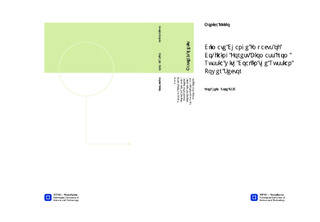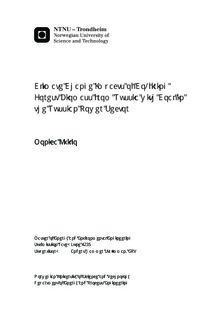| dc.description.abstract | The primary objective of this thesis has been to assess the climate change impacts of co-firing with biomass from Russian forest areas with coal, with special emphasis on the temporary change in atmospheric CO2 concentration caused by biogenic CO2 and surface albedo. With a mixture of boreal and temperate climate, the European part of Russia was chosen as the focus area and divided into eight regions. The scenarios looked into were 10% co-firing of biomass, 20% co-firing and the ideal case of 100% bioenergy production, covering the coal demand in Russia for heat and electricity production.Currently only around 2% of the heat and power in Russia is from bioenergy. With an annual allowable cut of 633 million cubic metres forest and only 173,6 million cubic metres being harvested, it is apparent that there is a large unused potential for bioenergy in Russia, both for domestic use and export to the European power sector. Estimates show that by increasing current harvest by 30%, 20% of the coal demand in Russia can be covered with bioenergy. Covering the coal demand completely will require an increase in harvesting by 150%, but this would still only equal around 50% of the annual increment available for exploitation. With well-designed governmental policies and improved infrastructure, especially in the forest rich areas, this could be a feasible scenario in the future for Russia. Co-firing can contribute to a smooth transition to renewable energy sources. Bioenergy is often assumed CO2 neutral, but this highly underestimates its true climate change impact. Through this assessment, both biogenic CO2 and the effect of surface albedo has been quantified for chosen sites in each of the eight regions, with focus on the time horizons of 20, 100 and 500 years. The total climate change impact has further been found for each of the scenarios.The impacts are especially significant for short time horizons combined with boreal areas with seasonal snow cover and forest with long rotation periods. In the Northern, Northwestern and Urals region there was a net cooling effect from the beginning of the assessment period for the 100% bioenergy scenario due to surface albedo. It is therefore important to consider these climate forcings in the national and global environmental policies, especially when designing frameworks for bioenergy and forest management strategies in boreal areas. | nb_NO |

